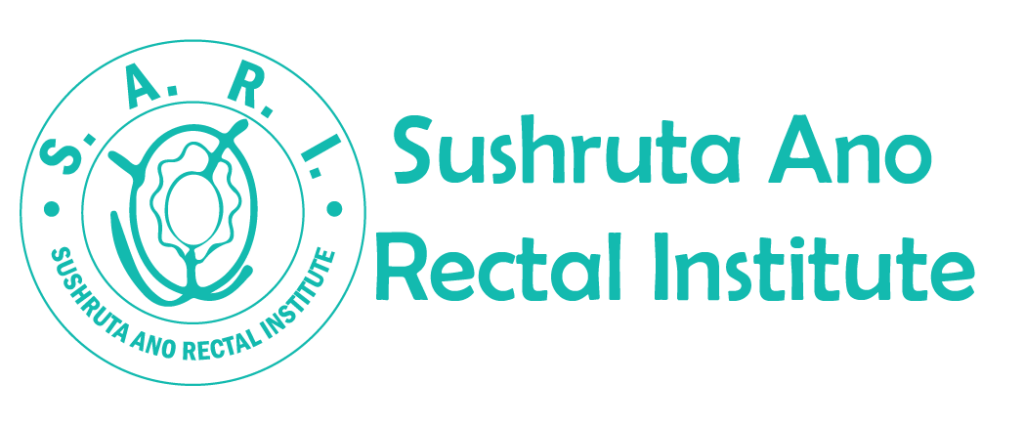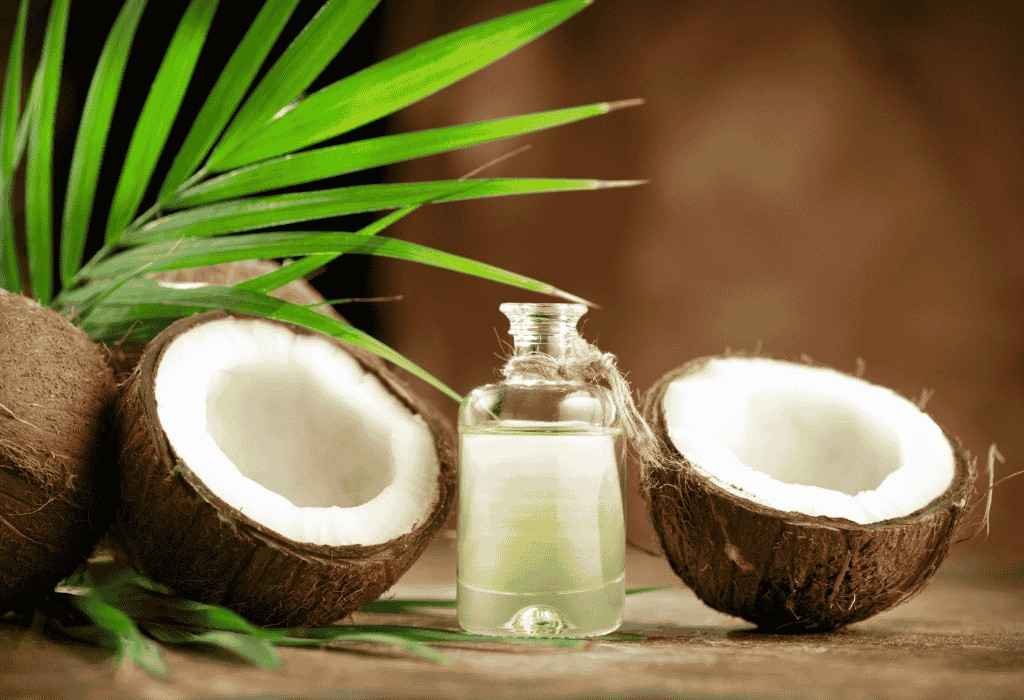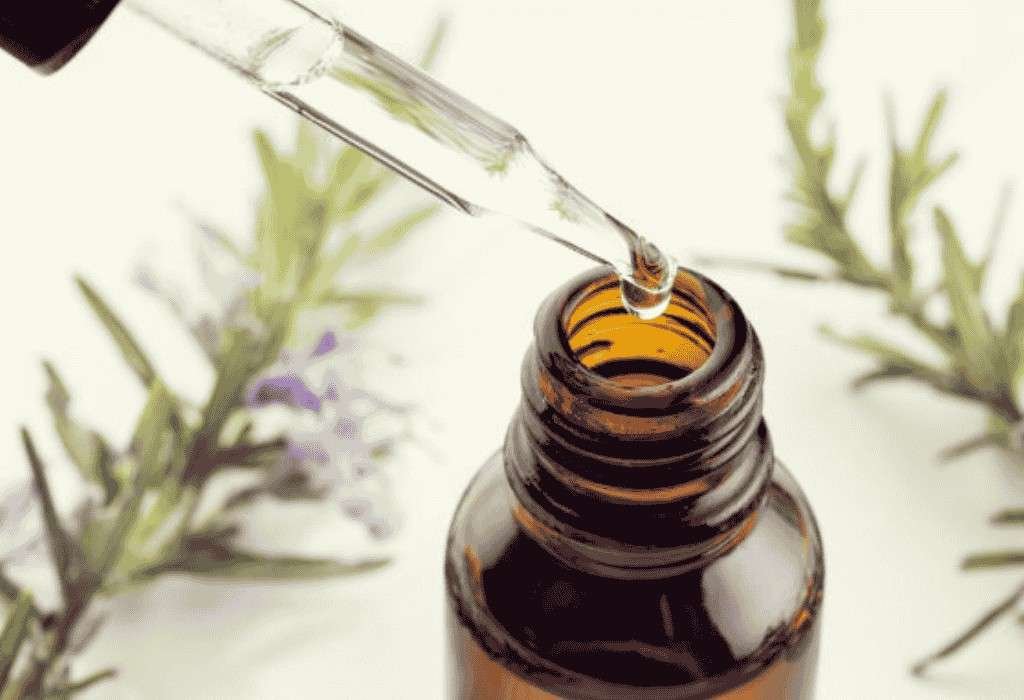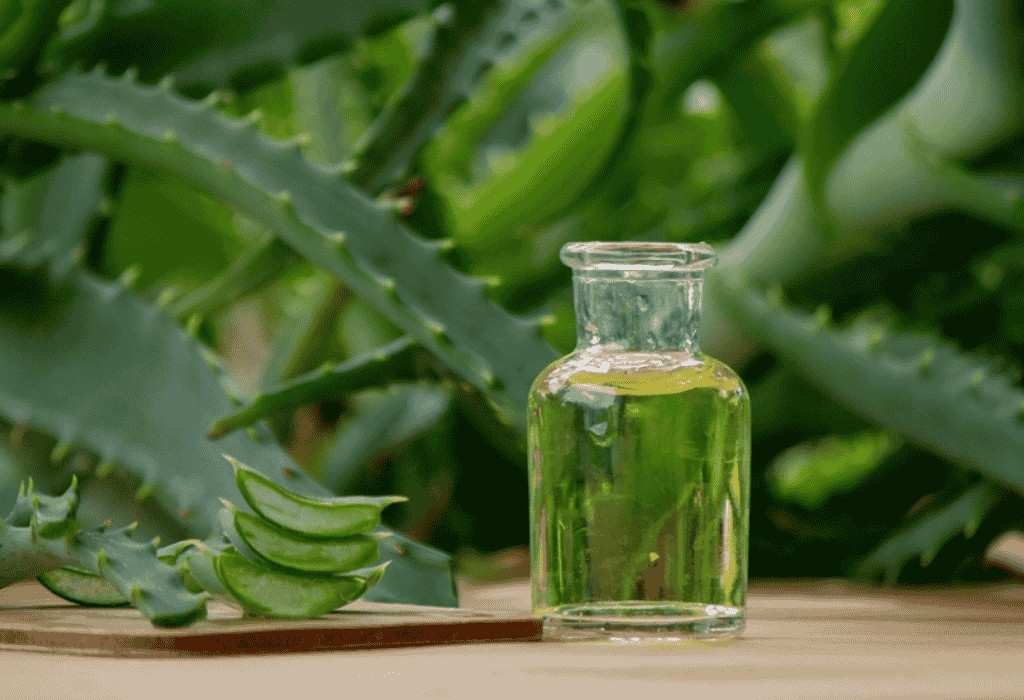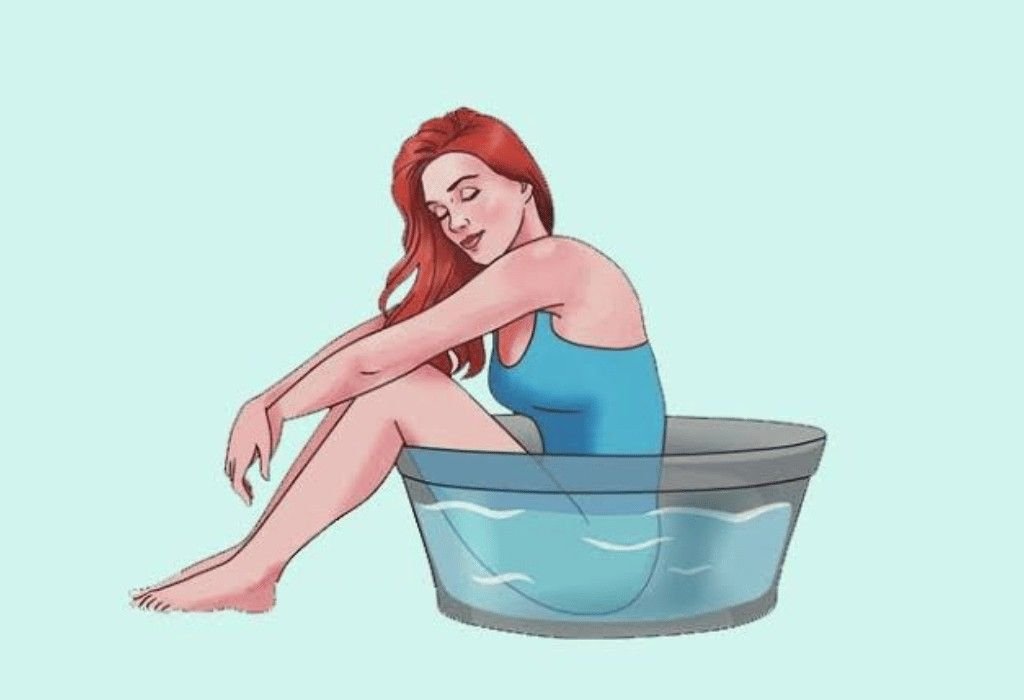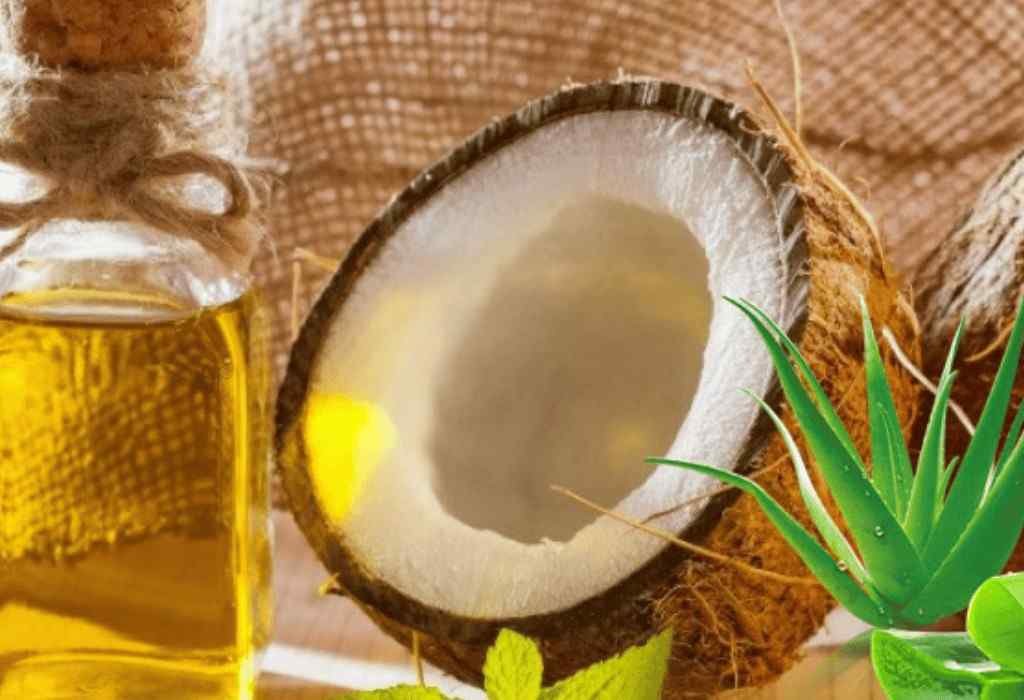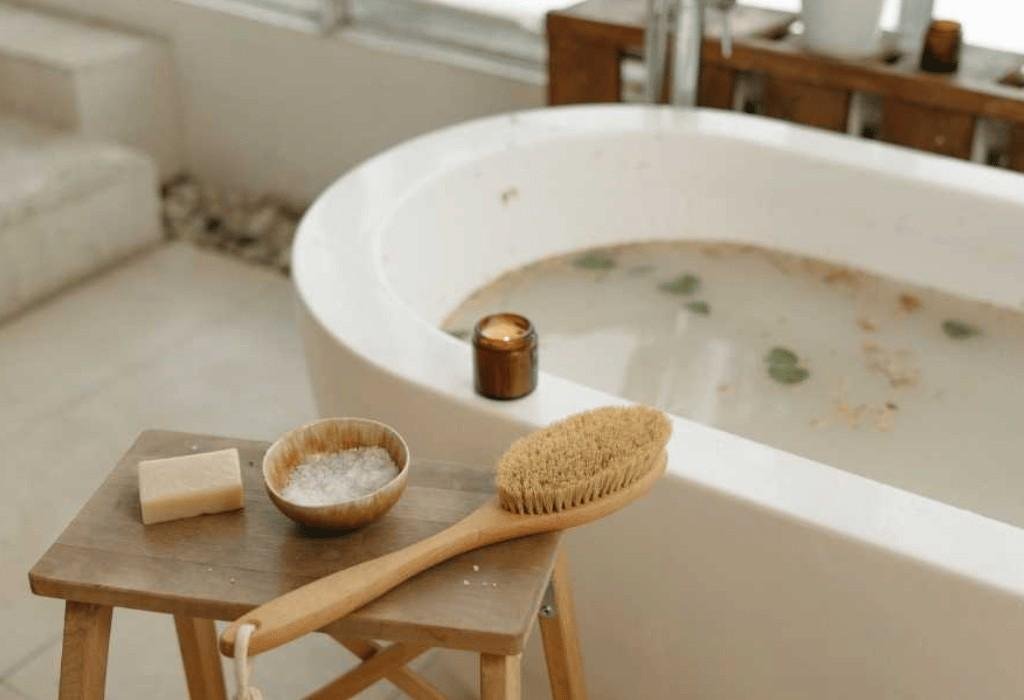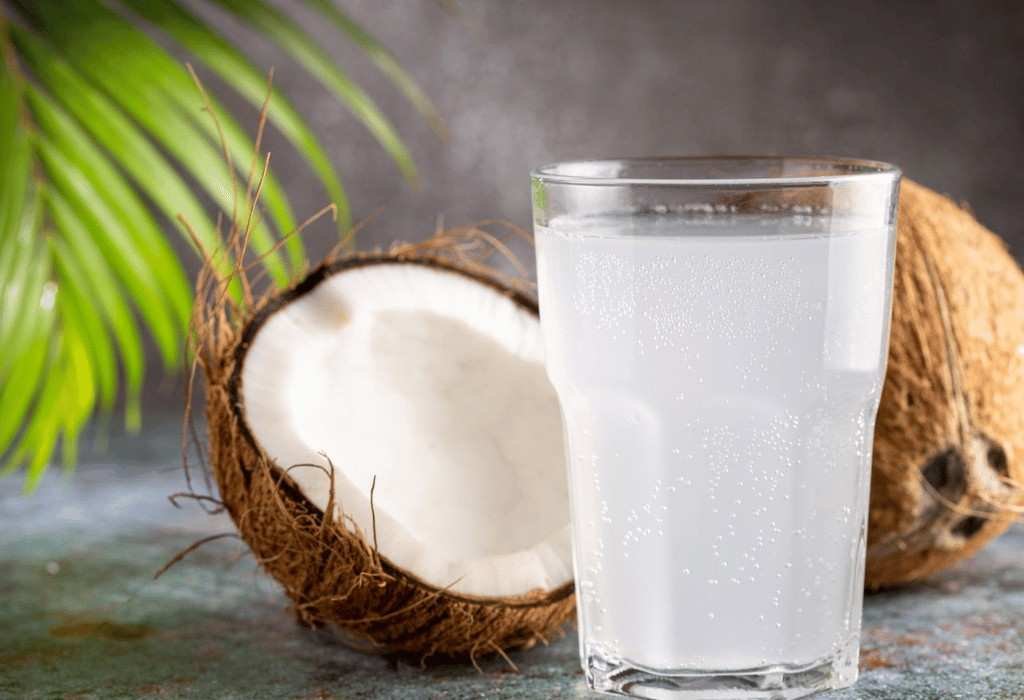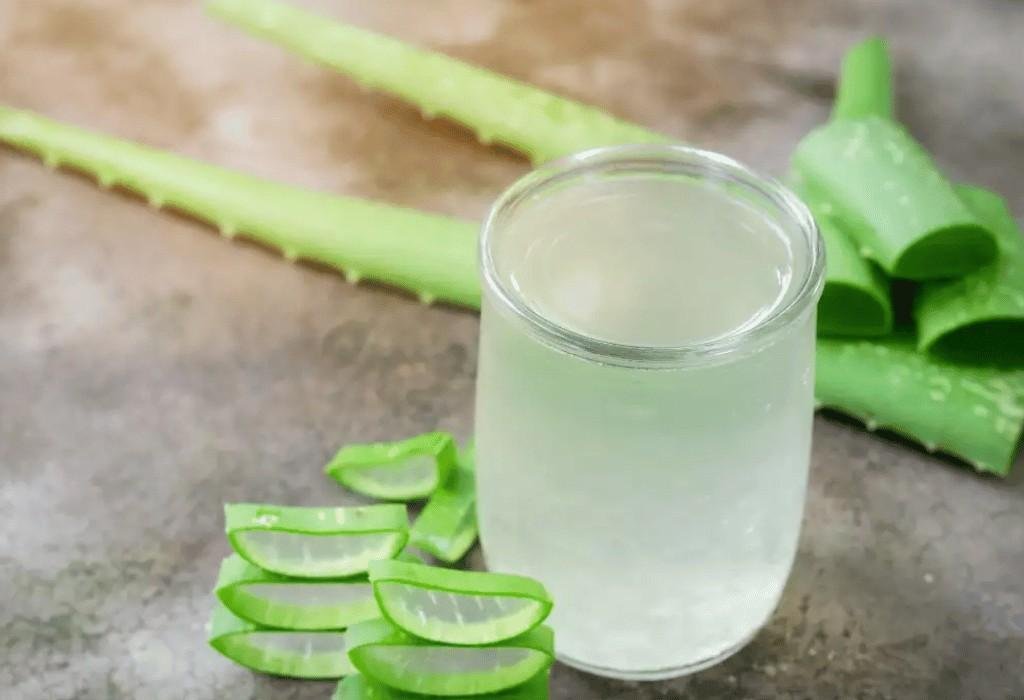What are the reason for Anal Fissure Development?
- February 25, 2025
Anal fissures are a common yet painful condition affecting many individuals, characterized by tears or cracks in the lining of the anal canal. This blog explores the causes behind anal fissure development, the expertise of Dr. S.K Singh at Sushruta Ano-Rectal Institute in Delhi, and non-surgical treatment options available for effective relief.
What Causes Anal Fissure Development?
Anal fissures can develop due to various reasons, often related to factors that increase pressure or trauma to the anal canal. Some common causes include:
- Hard Stool or Constipation: Passing hard or large stools can stretch and tear the delicate lining of the anus, leading to fissures.
- Chronic Diarrhea: Conversely, frequent episodes of diarrhea can irritate the anal canal and contribute to fissure formation.
- Straining During Bowel Movements: Excessive straining during bowel movements, often caused by constipation or difficulty in passing stools, can create tears in the anal tissue.
- Anal Trauma: Injuries to the anal area, such as during childbirth or from anal intercourse, can result in anal fissures.
- Inflammatory Bowel Disease (IBD): Conditions like Crohn’s disease or ulcerative colitis can increase the risk of developing anal fissures due to inflammation and changes in bowel habits.
- Anal Spasm: Persistent muscle spasms in the anal sphincter can prevent fissures from healing properly, prolonging the condition.
Symptoms of Anal Fissures
The primary symptom of anal fissures is intense pain during and after bowel movements, which can persist for hours. Other common symptoms include:
- Bright Red Blood in Stool: Fissures may cause bleeding during bowel movements, resulting in blood on toilet paper or in the toilet bowl.
- Itching or Burning Sensation: Irritation and discomfort around the anus, especially during and after passing stools.
- Visible Tear or Crack: In some cases, a small tear or crack may be visible near the anus.
Expertise of Dr. S.K Singh at Sushruta Ano-Rectal Institute
Located in Delhi, Sushruta Ano-Rectal Institute is renowned for its specialized treatment of anal fissures and other anorectal disorders. Dr. S.K Singh, a distinguished proctologist in Delhi, leads the institute with expertise in non-surgical treatments, focusing on personalized care and effective management of anal fissures.
Non-Surgical Treatment Options for Anal Fissures
Dr. S.K Singh and his team at Sushruta Ano-Rectal Institute emphasize non-surgical methods for treating anal fissures, ensuring minimal discomfort and faster recovery. Some of the advanced treatment options available include:
- Medication Therapy: Topical ointments or creams containing calcium channel blockers or nitroglycerin can help relax the anal sphincter muscle and promote healing of fissures.
- Dietary and Lifestyle Modifications: Dr. S.K Singh advocates for dietary changes to soften stools and prevent constipation, which is crucial in reducing pressure on the anal canal. Increased fiber intake, adequate hydration, and regular exercise are recommended to improve bowel regularity.
- Sitz Baths: Soaking the anal area in warm water (sitz baths) can provide relief from pain and promote healing by improving blood flow to the area.
- Botulinum Toxin Injections: In cases where anal sphincter spasms are contributing to fissure persistence, injections of botulinum toxin can temporarily relax the muscle and aid in healing.
- Laser Therapy: Advanced laser treatments offered at Sushruta Ano-Rectal Institute help in reducing pain, promoting healing, and improving overall anal health without the need for surgery.
Benefits of Non-Surgical Treatment
Choosing non-surgical methods for anal fissure treatment in Delhi offers several advantages:
- Minimally Invasive: Non-surgical treatments are typically less invasive, involving fewer risks and complications compared to surgical options.
- Faster Recovery: Patients undergoing non-surgical treatments often experience quicker recovery times and can resume normal activities sooner.
Preservation of Anal Function: Non-surgical approaches aim to preserve anal sphincter function and minimize the risk of complications associated with surgery.
Why Opt for Sushruta Ano-Rectal Institute?
Patients seeking effective anal fissure treatment in Delhi benefit from Sushruta Ano-Rectal Institute’s commitment to excellence and patient-centric care:
- Expert Guidance: Under the guidance of Dr. S.K Singh, a leading anal fissure doctor in Delhi, patients receive personalized treatment plans tailored to their specific needs.
- State-of-the-Art Facilities: Equipped with advanced diagnostic tools and treatment technologies, the institute ensures accurate diagnosis and effective management of anal fissures.
- Comprehensive Care: From initial consultation to post-treatment follow-up, the institute prioritizes patient comfort and satisfaction, ensuring a supportive and compassionate environment throughout the treatment journey.
Conclusion
In conclusion, anal fissures develop due to various factors such as constipation, diarrhea, and anal trauma. Effective non-surgical treatment options offered by Dr. S.K Singh at Sushruta Ano-Rectal Institute in Delhi provide relief from pain and discomfort associated with anal fissures. Patients can trust in the expertise and dedication of Dr. S.K Singh, a renowned proctologist in Delhi, and the advanced non-surgical treatments available to achieve optimal outcomes. For those seeking compassionate care and effective management of anal fissures, Sushruta Ano-Rectal Institute stands as a premier destination in Delhi.
Read More: What is a Hemorrhoidectomy?
